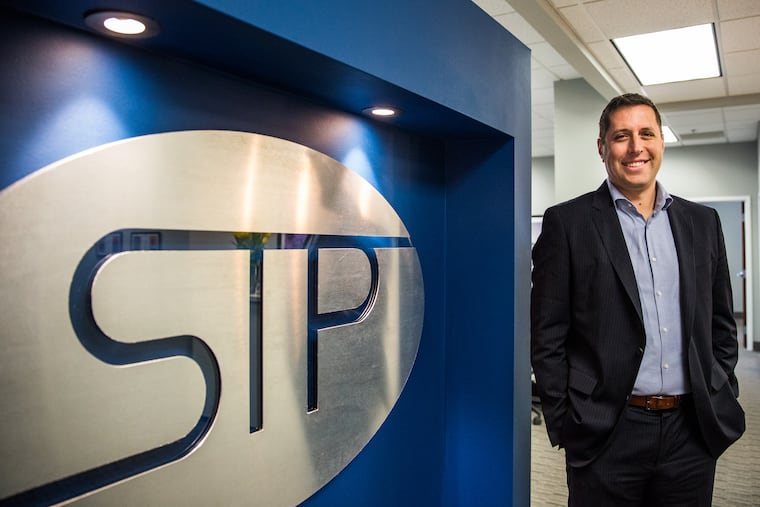Main Line financiers back West Chester firm that tracks Russian assets and many others
It’s hard to track the risks faced by big investors across public and private assets that are multinational, but that's "the future of this industry," said one expert

When Russia attacked Ukraine last month, pension funds and other U.S. investment managers rushed to check on their diverse Russian investments — in mines and oil pipelines, bank and software stocks, telecom ventures and farm bonds.
These big U.S. investors needed data fast to brace for what turned out to be a collapse in valuations that left them looking for ways to mark down and sell their Russian assets, in response to Western economic sanctions and public outrage over Russian armed forces bombing cities.
On Wednesday, STP Investment Services, a West Chester company, which tracks clients’ asset values, announced a deal to fund its expansion, backed by Lovell Minnick Partners, a Radnor-based investment firm that focuses on fast-growing financial service technologies.
“For the last two weeks, everyone is scrambling to find out what is in their portfolio,” said Spencer Hoffman, partner at Lovell Minnick. “That level of transparency is the future of asset management — not only when there’s war in Eastern Europe, but when clients demand to know their ‘carbon footprint,’ their exposure to fossil fuels,” and the impact of other public issues on investment assets. Lovell Minnick has invested $3.5 billion in 30 investment technology firms and other companies since it was founded by two former SEI Corp. executives in 1999.
Don’t big funds already know the value of their assets? Not as much as you might think.
There’s a “measurement gap” that makes it tough to track large and emerging risks from funds’ elaborate, often government-mandated accounting systems, wrote Hugh MacArthur, head of private equity at Bain & Co., in a recent report to clients.
The small army of accountants, auditors, and payment specialists these investors hire are proficient at tracking assets in well-defined categories under industry and government guidelines. But it’s hard to track the risks faced by big investors across diverse public and private assets that are multinational and now stuff big investment portfolios.
Mining that data along with outside information sources to build timely pictures of investment risk — and opportunity — is a challenge, and “it’s the future of this industry,” Hoffman said.
Betting on that future, Lovell Minnick is making an investment — it won’t say how much — in STP, a 250-worker firm founded in 2009 by Patrick Murray, who holds a magna cum laude degree from Villanova, where he had planned to learn portfolio management but instead took up computing.
Investors “require expertise and transparency, so they can use digital technology to see risks bubbling up,” noted Lovell’s Hoffman.
STP’s 250 employees serve clients with more than $300 billion invested, from offices in Bengaluru, India, as well as West Chester. Lovell Minnick has offices in New York and Los Angeles, as well as Radnor.
The firm’s BluePrint software platform collects, processes, and presents constantly-changing asset valuations for many different kinds of investments, from the investors who own them and from outside sources,
STP’s public-pension clients include pension funds in California, Texas, and its home state of Pennsylvania, where the state school pension system (PSERS) paid STP $667,000 last year as its “Investment Accounting Application Service Provider.”
Murray will remain in charge at STP, and said he plans to use Lovell Minnick’s financial support to grow faster, partly by acquisition (STP has purchased other software firms in each of the last three years).
Hoffman said Lovell Minnick typically invests for several years and leaves the companies it backs about twice as large when it sells out, measured by employee headcount.
“It’s a huge deal for founder-driven businesses like STP to all of a sudden bring in a third-party investor” such as Lovell Minnick, Hoffman said. “It can be scary. There’s a lot of uncertainty. Patrick and his team have not been through this before. But we all understand the opportunity. We’ve made dozens of investments in companies that could be STP clients. We understand those clients, and what they are looking for.”
He thinks STP is in a sweet spot. Identifying and measuring big risks across complex investment portfolios is a need “that we think will dominate the landscape, at least for the next decade, or two.”